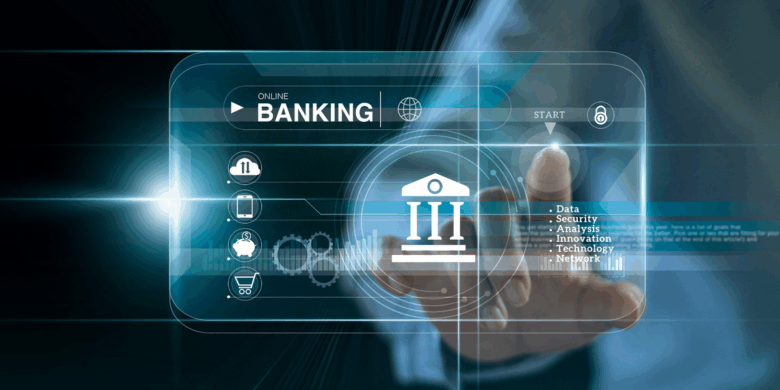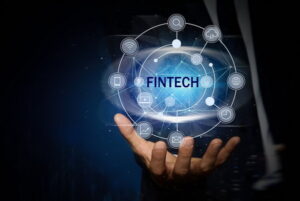Digital banking has transformed the way we manage our money and made financial services more available than ever. Brick-and-mortar banks are quickly adapting to customer demands for instantaneous, seamless banking experiences. Digital banking solutions, from mobile apps that allow you to deposit checks using your smartphone’s camera to AI-powered chatbots that answer questions 24/7, are changing the financial landscape. These innovations are not just convenient; they’re changing the way people interact with money and financial institutions.
Accessibility and Convenience
Digital banking platforms have removed the limitations of physical banking locations and hours. Now, customers can access their accounts from anywhere they have an internet connection. They can transfer money, pay for bills, and even apply to borrow. Mobile banking apps are becoming more powerful and offer features such as real-time alerts for transactions, categorization of spending, and peer-to-peer instant payments. Many digital banks offer services previously available only during business hours. These include chatbots, automated systems, and customer service. The availability of banking services around the clock has enabled people to access their accounts even if they have a demanding schedule, are in remote locations, or are unable to visit physical branches.
Cost Efficiency
Digital banking solutions can reduce operating expenses for both customers and banks. Since they do not maintain large physical infrastructures or extensive branch networks, digital-first banks have lower overhead costs. Customers typically benefit from these savings through lower fees, higher interest rates on savings accounts, and a lower minimum balance requirement. Online banks often offer no-fee checking accounts, free ATM withdrawals anywhere in the world, and competitive rates of interest that traditional banks cannot match. Digital banking reduces the costs of visiting physical branches, such as travel and time away from work. It also offers more cost-effective products and services.
Enhance Security
Modern digital banking solutions use sophisticated security measures, which often surpass the protection provided by traditional banking methods. Advanced encryption, biometric authentication, and multi-factor authentication protect data and transactions. Real-time fraud monitoring can detect suspicious activity instantly and alert customers via push notifications or SMS. Many digital banking platforms use artificial intelligence to comprehend customer behavior patterns. This makes it easier to detect unusual transactions, which could indicate fraud. Using mobile apps, customers can also use features such as instant card blocking to take immediate control of their accounts in the event that they suspect unauthorized access. The result is a security response level that traditional banking methods simply cannot match.
Personalized Services
Digital banking experiences become highly personalized through the use of data analytics and artificial intelligence. These platforms analyze spending patterns, income flow, and financial goals to provide customized recommendations on budgeting, investing, and saving. Many digital banks offer automated saving features, which round up purchases to the nearest dollar and deposit spare change into savings accounts. They also automatically transfer money based on future bills and spending patterns. Banking apps that integrate personal financial management tools help customers monitor their financial health and set goals for savings. They also receive insights on their spending habits. Some platforms offer customized loan products and credit suggestions based on creditworthiness and individual financial profiles.
Conclusion
Digital banking continues to revolutionize the financial sector by putting customer experience, efficiency, and innovation first. We can expect to see even more advanced features as these technologies continue to evolve. These will streamline financial management and make banking easier and more user-friendly. Banks that successfully embrace digitalization while maintaining regulatory compliance and security are likely to dominate the future financial landscape. The shift to digital banking offers consumers the opportunity to gain greater control over their financial lives while enjoying unparalleled convenience and personalized services.
FAQs
1. Are digital banks as secure as traditional banks
Digital banks are also subject to the same regulations and protections for deposits as traditional banks. Digital banks often use more advanced security technology than traditional banks.
2. Can I deposit money with digital banking?
Although purely digital banks might not accept cash directly, they often partner with ATM networks and retail locations to offer cash deposit services. Some digital banks offer hybrid models that have limited physical locations.
3. How can I get customer service outside of business hours?
Many digital banks offer 24/7 customer service through chatbots or online messaging. You can resolve most issues immediately through the mobile application, eliminating the need to speak with an agent.
4. What are the drawbacks of digital banking?
There are a few limitations to using technology, including the reduced interaction with people, possible dependence on technology, and sometimes difficulty handling complex financial transactions, which might be easier handled in person.
5. What is the revenue model of digital banks that offer lower fees?
Digital banks can reduce overhead costs and generate revenue from interchange fees, investment and lending products, and other financial service providers.




